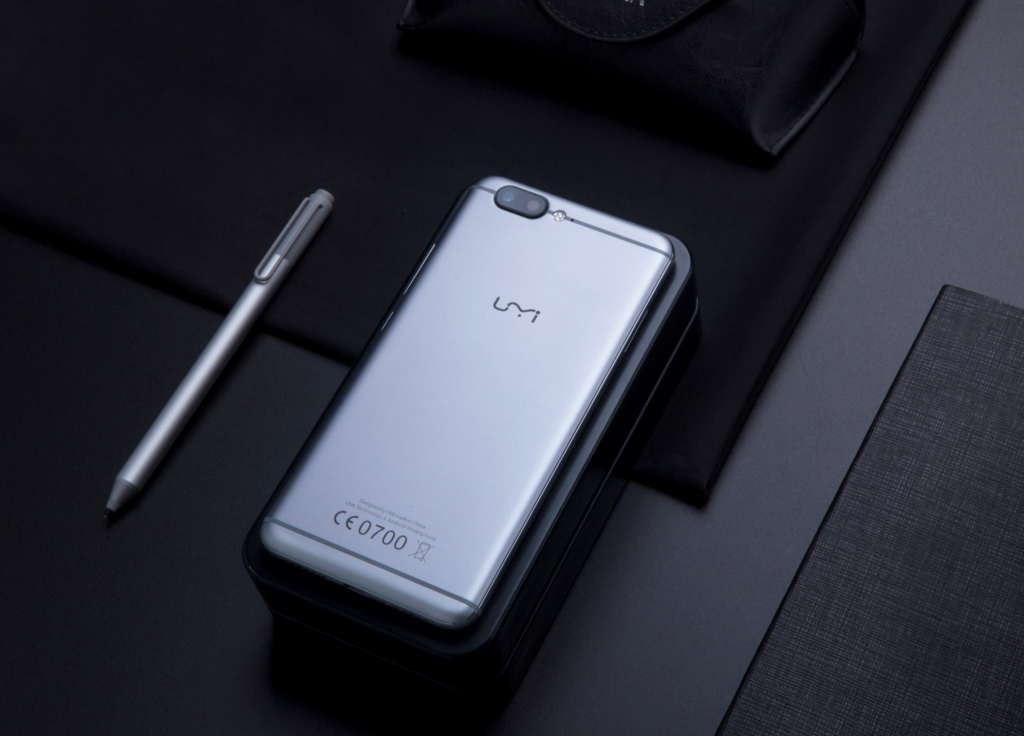Best Smartphone Optimization: Maximize Speed, Battery, and Performance
Smartphones have become essential tools in our daily lives—for communication, entertainment, work, and much more. However, over time, even the most advanced devices can slow down, experience battery drain, or face storage issues. This is where smartphone optimization comes into play.
Optimizing your best smartphone means improving its overall performance, extending battery life, and ensuring a smoother user experience. Whether you’re using Android or iOS, following key optimization strategies can make your phone faster, more efficient, and more reliable.
What Is Smartphone Optimization?
Smartphone optimization involves a set of actions and settings adjustments designed to improve:
Device speed
Battery performance
Storage efficiency
App management
Security and stability
These improvements can be achieved through manual settings, built-in features, or third-party apps designed to clean, boost, or manage your phone.
Top Tips for Optimizing Your Smartphone
Uninstall Unused Apps
Remove apps you no longer use. They often run background processes that slow your phone and drain battery.
Clear Cache and Junk Files
Over time, temporary files from apps and browsers build up. Use your phone’s built-in cleaner or trusted apps like CCleaner or Files by Google to remove junk.
Update Software and Apps
Keep your operating system and apps up-to-date. Updates often contain bug fixes and performance improvements.
Limit Background App Activity
In settings, restrict background data or activity for apps that don’t need constant updates (e.g., games, social media).
Optimize Battery Usage
Enable battery-saving modes.
Check which apps consume the most battery and limit their use or permissions.
Manage Storage Wisely
Move photos and videos to cloud storage or external drives.
Delete duplicate or unnecessary media files.
Use Lite or Web Versions of Apps
Use “Lite” versions of popular apps (Facebook Lite, Messenger Lite) or access services via a browser to reduce storage and CPU load.
Restart Your Phone Regularly
A simple reboot clears memory and refreshes system performance.
Disable Animations (Advanced)
On Android, enable Developer Options and reduce or turn off animations to speed up UI performance.
10. Install Optimization Apps (With Caution)
Apps like SD Maid, Norton Clean, or Greenify can help—but use only trusted sources to avoid malware.
Security Optimization
Enable screen lock and biometrics for security.
Install antivirus apps if you’re on Android.
Avoid installing apps from unknown sources.
Conclusion
Smartphone optimization is essential for maintaining peak performance, extending battery life, and ensuring smooth day-to-day usage. Regularly cleaning up your device, managing apps, and tweaking system settings can prolong your phone’s lifespan and give you a better overall experience.
By adopting simple optimization habits, you can keep your smartphone running like new—without needing to upgrade every year.
FAQs About Smartphone Optimization
How often should I optimize my phone?
It’s a good idea to clear cache, remove unused apps, and restart your device at least once a week.
Do task-killing apps really help?
Not always. Constantly killing background apps can hurt performance. Modern operating systems manage RAM efficiently on their own.
Will resetting my phone improve performance?
Yes. A factory reset can remove bloat and bugs—but it should be your last resort after backing up data.
What’s the best app for cleaning Android phones?
Files by Google, CCleaner, and SD Maid are well-reviewed and trusted. Always download from the official Play Store.
Is optimization the same for Android and iPhone?
The basics are similar, but iPhones manage background activity and storage more efficiently by default. Android requires more manual optimization.

